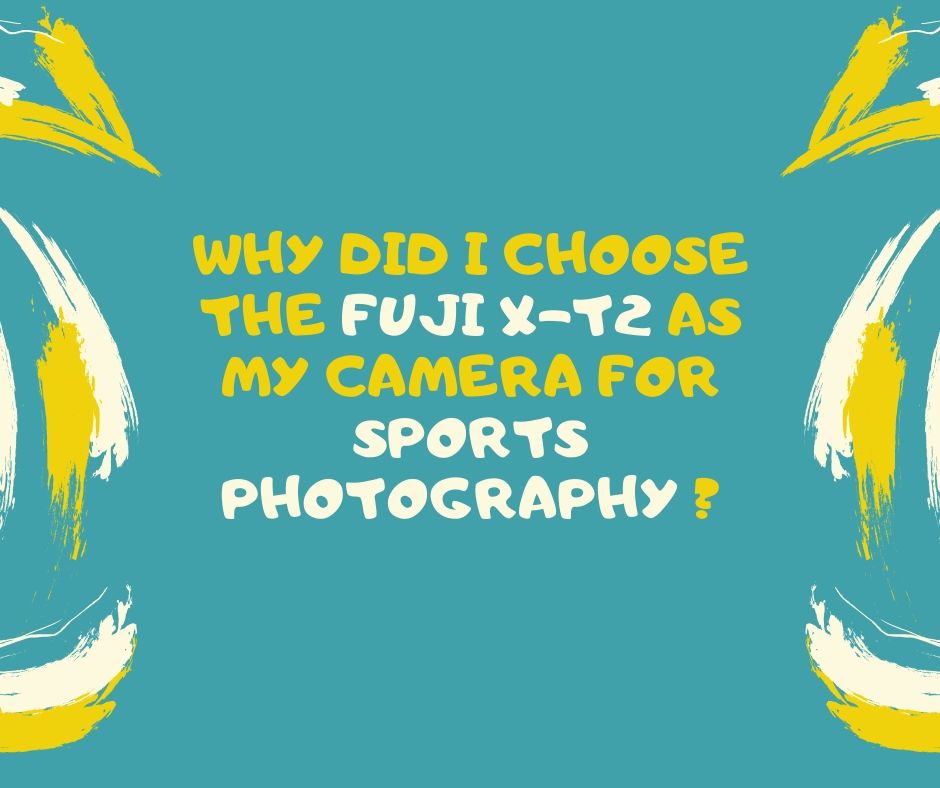As an independent photographer, I shoot various subjects. One of my favorite topics for a few years has been sports photography. At first, I started because my son played basketball. As every loving parent, I came often to see the kid team play, and got a little bored on my bench. So I started taking my Canon camera with me and learnt how to shoot basketball in poorly lit gyms.
How I became a sports photographer
After a few months, I discovered it was real fun to see the game through my lens. It was a lot more intense and precise than in real life, propably because in a way, I was now part of it.
So I started a first photo series around movement in sports photography. I displayed some of the photos in an exhibition in Cesson, France in 2018.
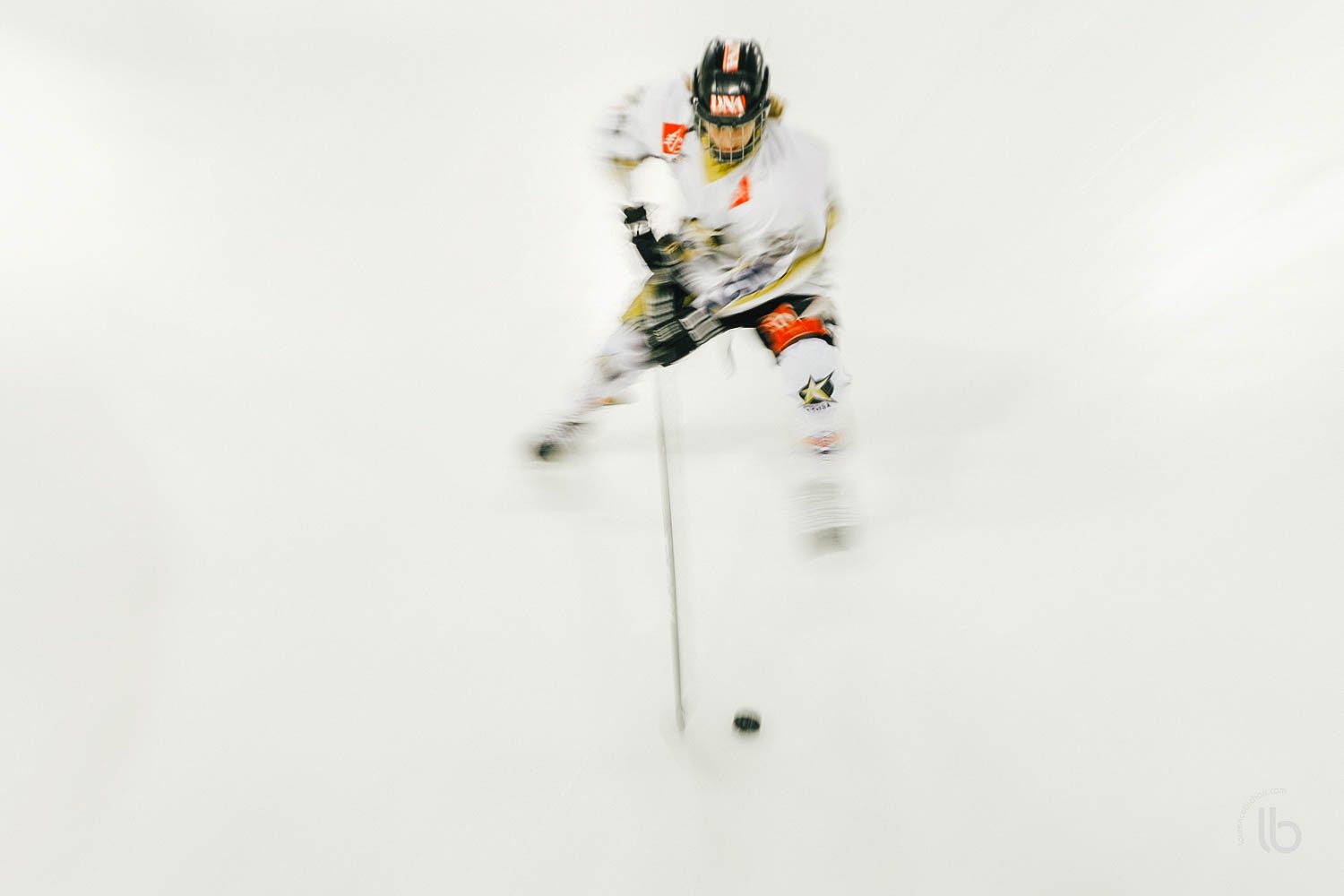
In parallel, I started another photography series named #AllezLesFilles (trad #GoGirls), in which I speak about and display girls in sports where they are not expected, as for instance rugby or american football.
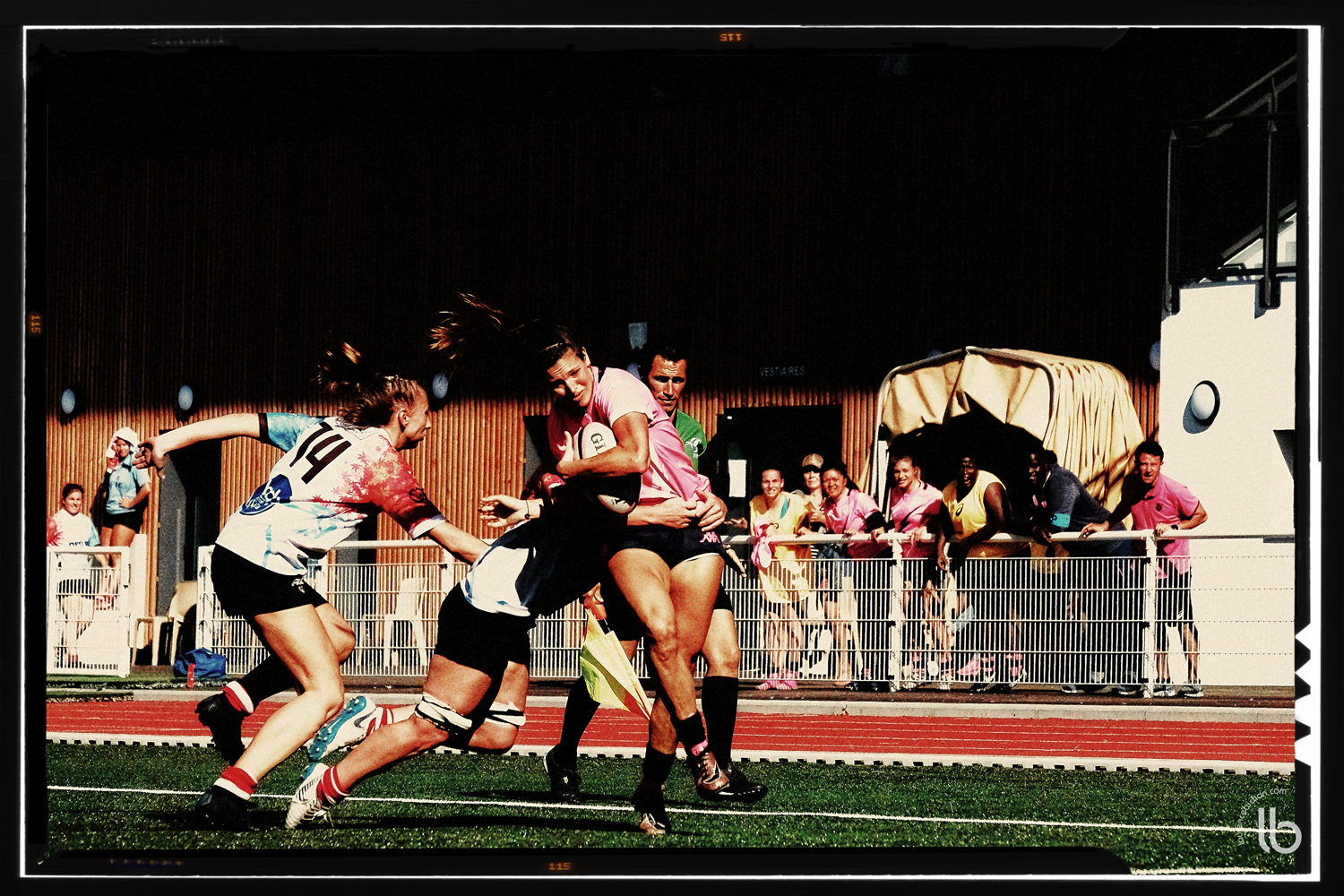
So life made me a happy sports photographer !
In this post, I wish to share with you what I use to photograph sport, why I use these camera or lenses, and when I use this one over this other one.
What is my camera for sports photography ?
I started sports photography with a Canon 5d Mark III. It was quite OK, but far from perfect, because:
- camera + lens was a heavy combo
- almost all my Canon lenses had back- or frontfocus errors, so I had to calibrate them regularily with charts. This was a process that took time and brought anxiety because the result was always far from perfect
- I use continuous focusing but let’s say one out of 3 times, it was out of focus.
I bought a Fujifilm X-T2 for street photography and documentary photography, then took it once with me to shoot sports, and switched to Fuji camera for sports short afterwards.
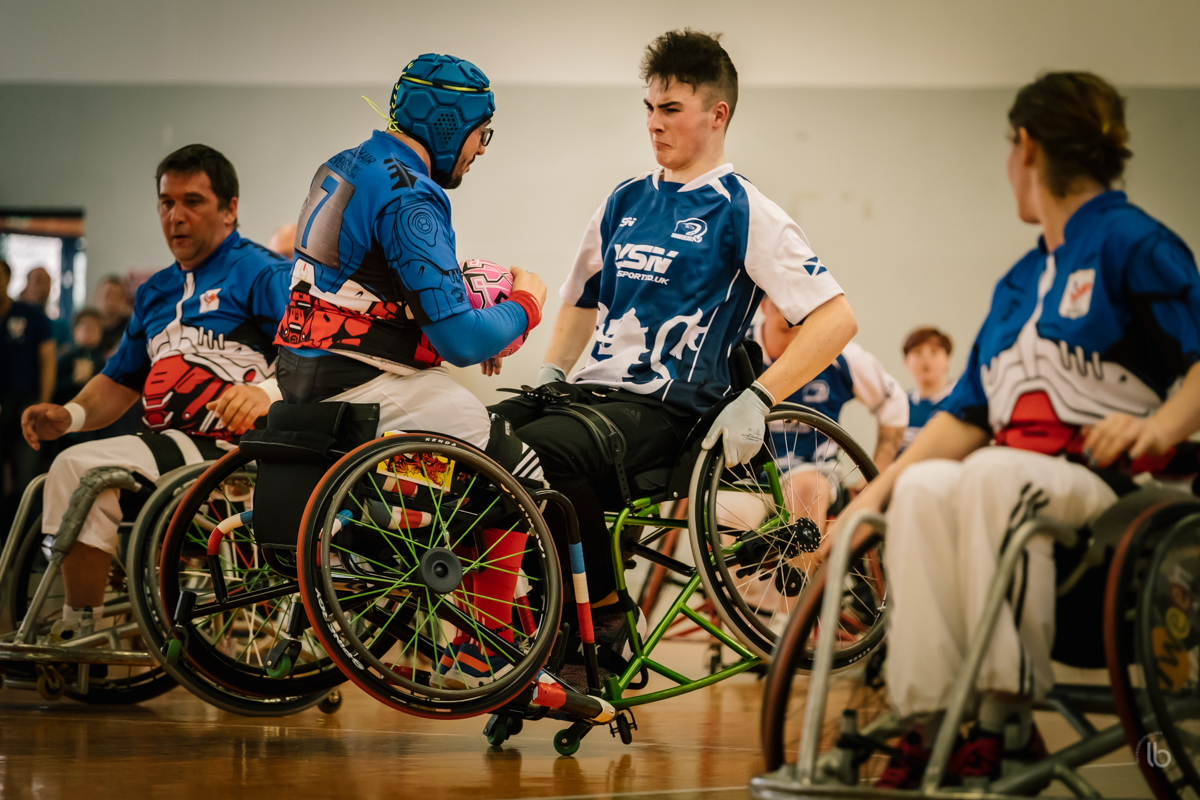
I described in another post, 9 ergonomic differences between Fujifilm x-t2 and Canon 5dM3 when shooting sports.
When shooting sports in particular, here is what I like in my Fuji X-T2 :
- it’s lightweight, I can shoot longer.
- there is no backfocus or frontfocus problem.
- I see the pic before shooting in the electronic viewfinder.
I must say that I am not sponsored by anybody or any camera vendor. I only speak here about my personal use of cameras for sports photography…
What are my goto lenses ?
I use 3 lenses when shooting sports :
- FUJINON XF16-55mmF2.8 R LM WR : equivalent 24×36 is a zoom 24-70. This is my goto semi-wide angle lens. It opens at 2.8 which allows me to shoot also in poorly lit gyms or outside at night.
- FUJINON XF55-200mmF3.5-4.8 R LM OIS : equivalent 24×36 is a zoom 70-300. It’s lightweight and longer than the XF50-140. I use it when there is enough light, mainly outside during daytime. Otherwith, I switch to the XF-50-140. The image quality is a little bit weaker than with the XF-50-140, but it’s so much lighter that I take it anyway.
- FUJINON XF50-140mmF2.8 R LM OIS WR : equivalent 24×36 is a zoom 70-200. I use it in poorly lit gyms or ice arenas or on football or rugby fields with poorly lights.
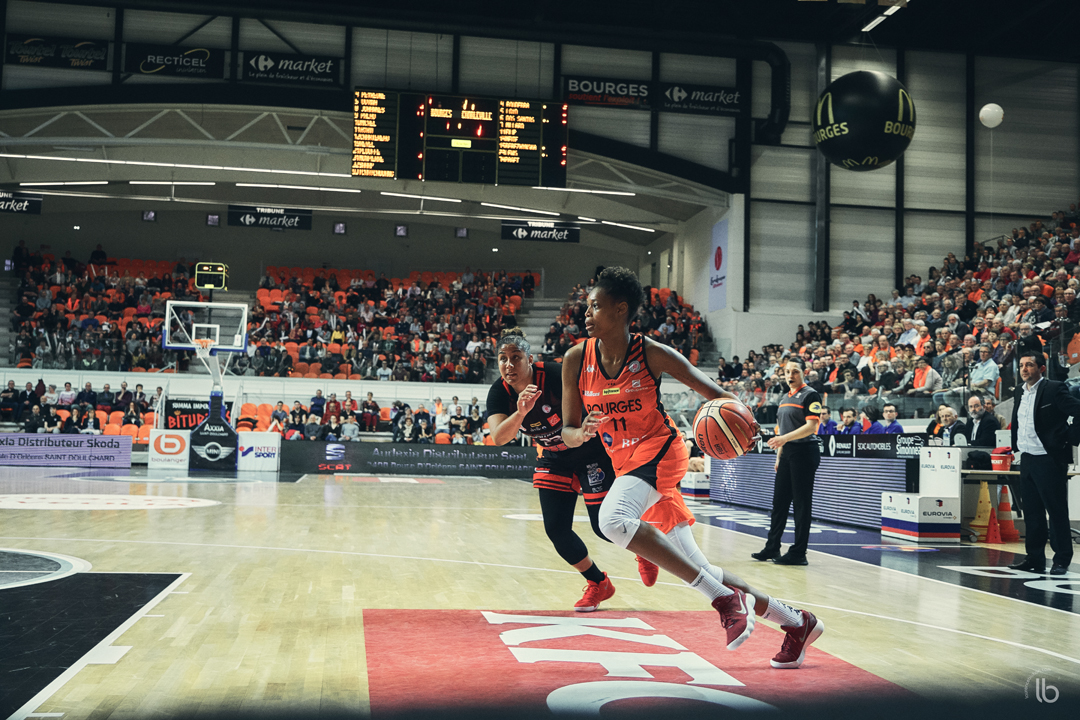
What are my sy setting for sports photography with the Fuji X-T2 ?
Here are my goto settings for sports :
RAW or JPEG
I shoot in raw because I will be able in post-processing to do heavy work on the image if necessary.
I.Q. > IMAGE QUALITY > RAW
Uncompressed raw for performances. The camera processor does not have to compress the images. It should store it quicker on disk even if the RAW is twice the size…
I.Q. >RAW RECORDING > UNCOMPRESSED
Image preview in the viewfinder
I enable exposure and white balance preview in manual exposure mode.
SET UP > SCREEN SET-UP > PREVIEW EXP./WB IN MANUAL MODE > EXP/WB
SD card
I use UHS-2 memory cards ( second row of contacts on the card ). Before using these cards, I had often bottlenecks with long buffer waits after a burst shoot, and I mist shots… With this type of card, I’ve never been stucked yet.
Light metering
About light metering : I choose the center weighted light measurement with the light metering dial.
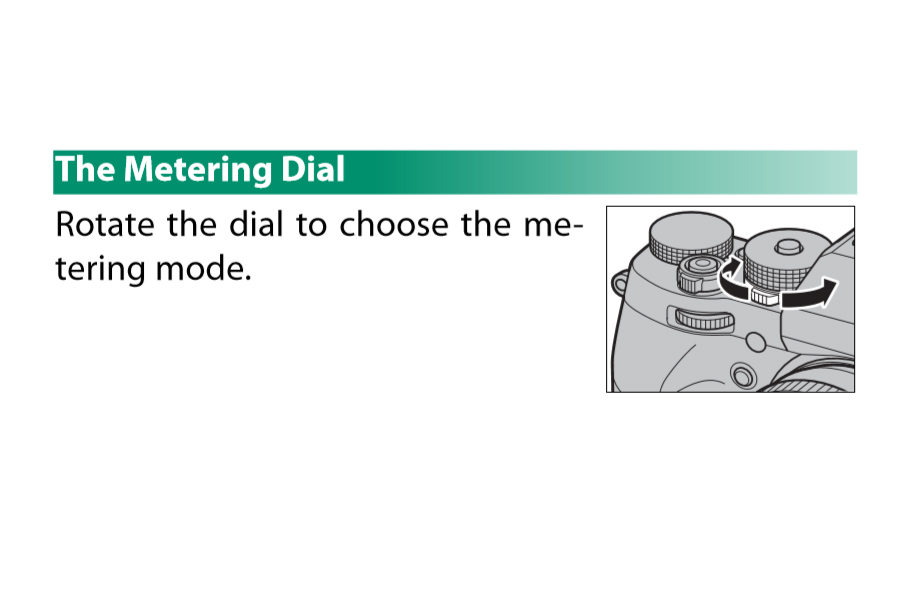
Image stabilization
When OIS (optical Image stabilization) is available on my lens, I do not use it in sport, because I will shoot at high spedd, at least 1/1000s, so my body movement will not interfere with the image capture.
Image Exposition
About exposition : I usually shoot in manual mode (ISO – aperture – speed set) when the light conditions are the same in all the directions in intend to shoot in, and I shoot in semi-automatic mode (ISO – aperture set – automatic speed) when the lightning is changing a lot (ex sunny day outside).
In manual mode (ISO – aperture – speed set), I may use the front command dial to slightly adjust the speed (ss in the electronic view finder) up to +/- 2/3 stops. For instance, if my speed is set to 1/1000s with the shutter speed dial, I can use the front command dial to adjust it to 1/640s, 1/80s, 1/1000s, 1.1250s or 1/1600s.
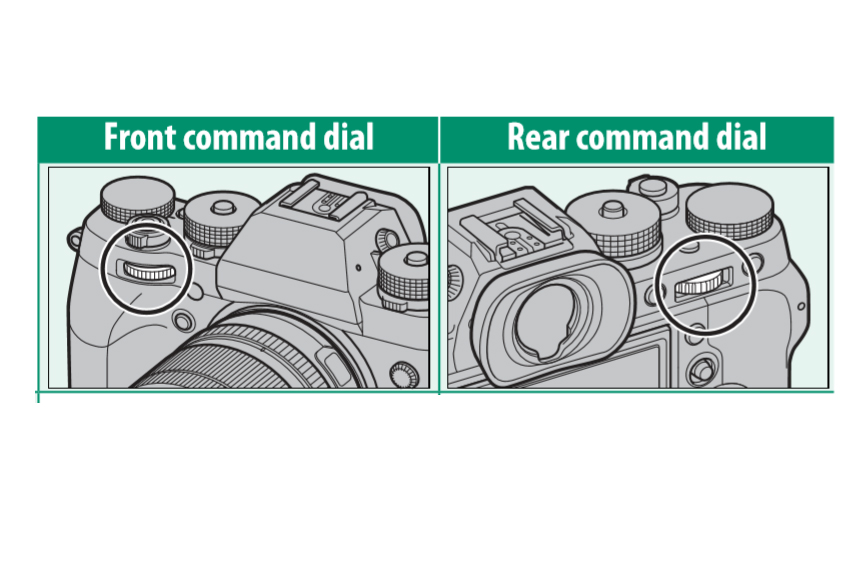
In semi-automatic mode (ISO – aperture set – automatic speed), I preset the ISO so that even when the light is the darker, I will be at least at 1/1000s. Then I set the exposure compensation dial to C, and before every shoot or burst, I check my exposure and compensate when necessary with the front command dial.
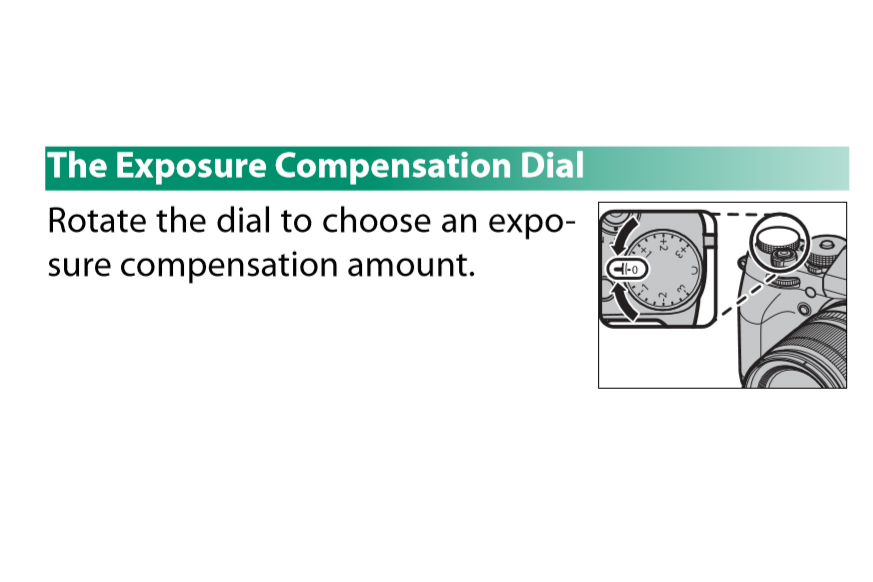
I set the speed to 1/1000s for most of the sports I photograph : ice hockey, roller hockey, basketball, roller derby, handball, rugby, wheelchair Sevens, football. Even for climbing, I stick to 1/1000s because a climber may fall fast…
With poor light, I keep my speed high, I open the lens to its maximum, and I set the ISO as high as needed to get a decent histogram (not too much of the image on the left, so still details in the darks). I know I will have noise in these images. In post-processing with Capture One, I will try to make the noise look like grain, for instance by setting the sharpening to 0, and playing with the noise reduction and the film grain.
Focus mode
I choose the autofocus mode over manual mode, in S-mode or C-mode with the focus mode selector. If you wish more details about how I change the focus zone, here is a post about a simple way to switch focus from left to right for sport photography.
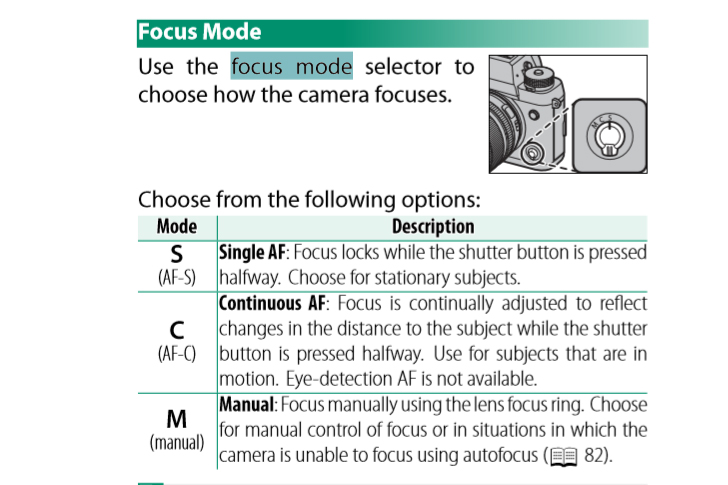
Burst speed
I shoot in high speed burst mode. This is done with the drive dial.
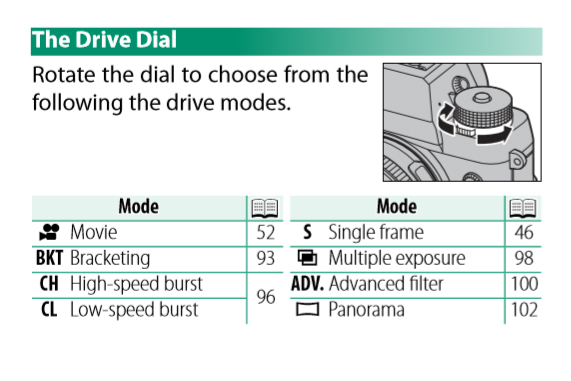
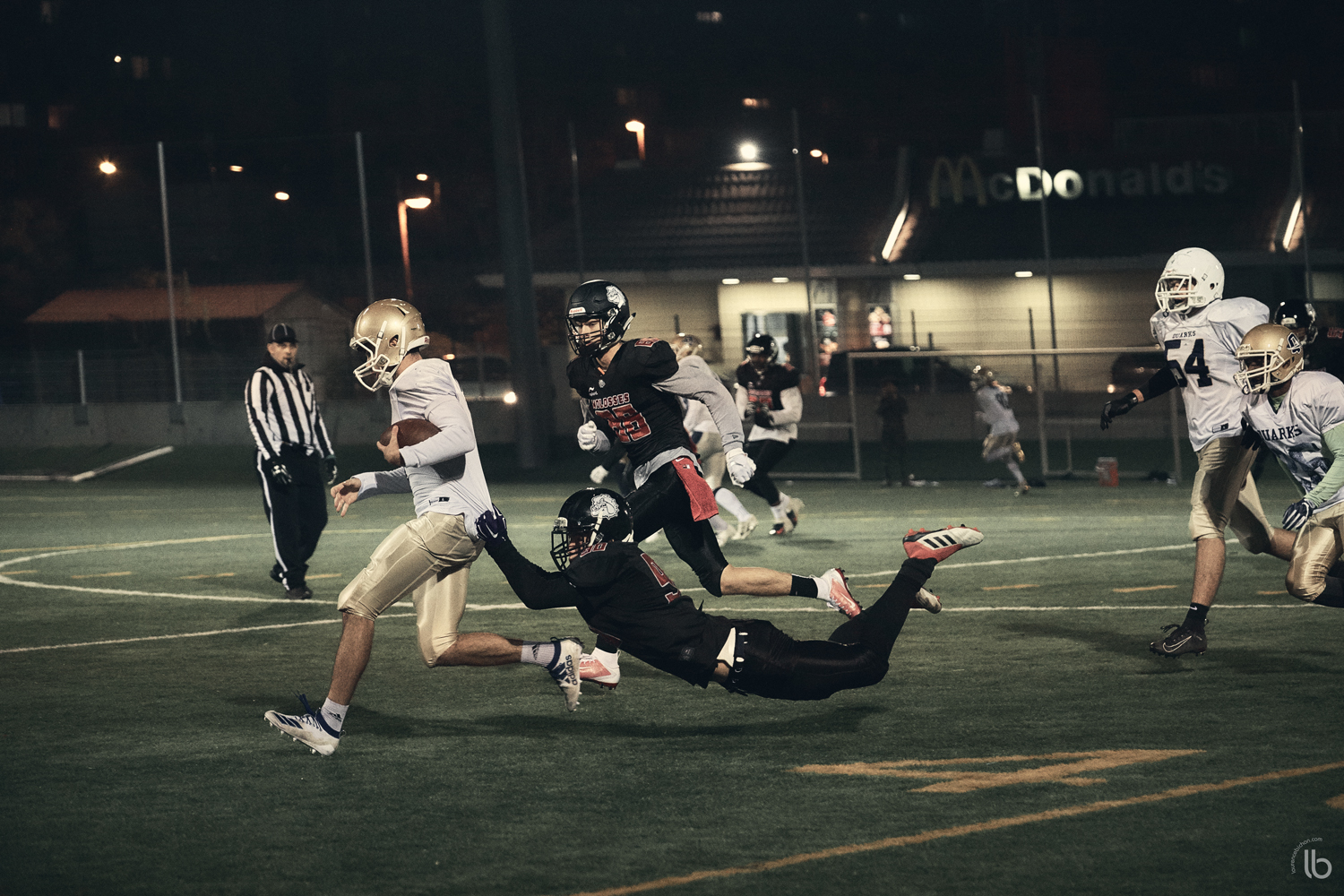
In addition to my settings, I wrote a post about noise and detail handling for sports photography Fuji files shot with high ISO.
So that’s all for today. I hope you enjoyed reading my thoughts about my Fuji camera for sports photography !
Thanks for coming in and having read this quite long post till the end, it means a lot to me :-).
See you !
